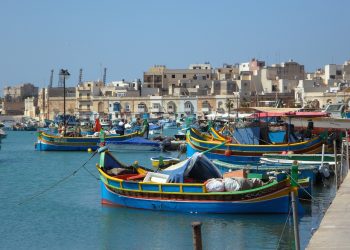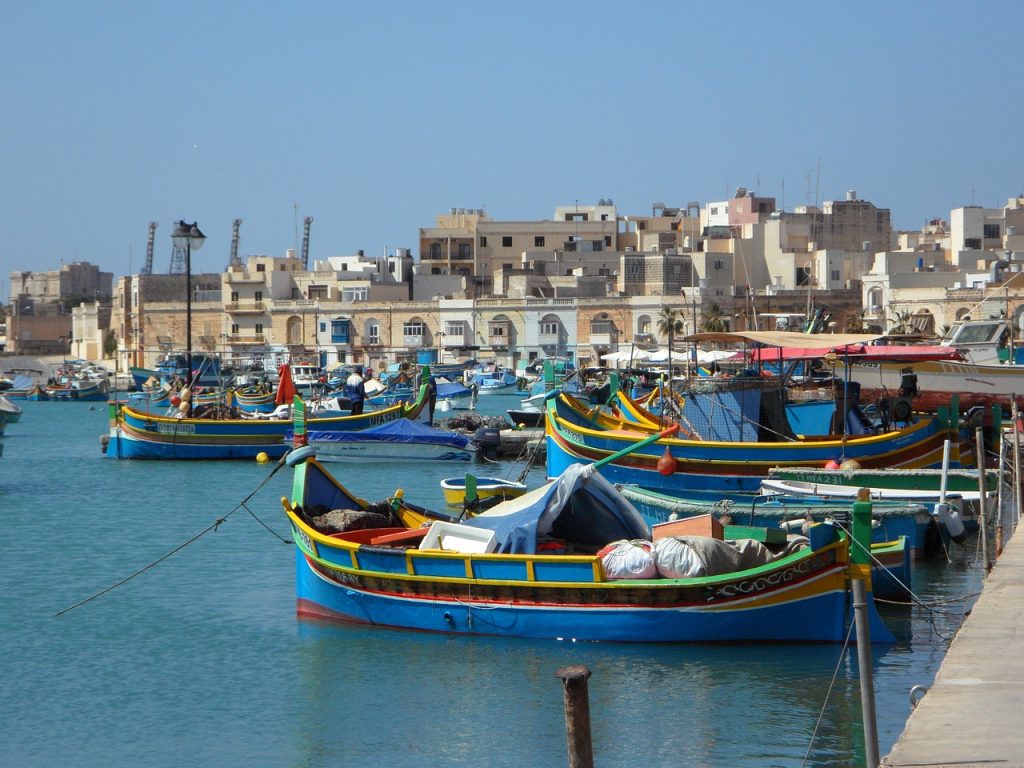In an increasingly globalized world, investment flows across borders have become a critical component of economic growth and development. The need to establish clear rules and guidelines to govern these investments has led to discussions around the creation of a Multilateral Agreement on Investment (MAI).
This article provides a comprehensive overview of the MAI, its significance, the historical context, the challenges encountered in its negotiation, and its potential impact on global investment practices.
Historical Context and Evolution of MAI
Early Efforts and GATT
The concept of a multilateral framework for investment is not new. The General Agreement on Tariffs and Trade (GATT), established in 1947, laid the groundwork for international trade agreements. However, GATT primarily focused on trade in goods, leaving investment issues largely unaddressed.
OECD Initiative in the 1990s
The most notable attempt to establish an MAI came from the Organisation for Economic Co-operation and Development (OECD) in the 1990s. The OECD’s initiative aimed to create a comprehensive, legally binding agreement to protect and liberalize international investment.
Objectives of the OECD MAI
- Investment Protection: Ensuring fair and equitable treatment for investors and their investments.
- Market Access: Eliminating barriers to foreign investment.
- Dispute Resolution: Establishing mechanisms for resolving disputes between investors and host countries.
Despite these ambitious objectives, the negotiations faced significant challenges and ultimately failed in 1998 due to opposition from various stakeholders, including non-governmental organizations (NGOs), developing countries, and civil society groups.
Key Components of a Multilateral Agreement on Investment
Investment Protection
One of the primary goals of an MAI is to provide robust protection for investors. This includes:
- Non-Discrimination: Ensuring that foreign investors are treated no less favorably than domestic investors.
- Expropriation: Protecting investors from unjust expropriation and ensuring prompt, adequate, and effective compensation in cases of expropriation.
- Fair and Equitable Treatment: Guaranteeing that investors are treated in a manner that is fair and equitable.
Liberalization of Investment
An MAI seeks to liberalize investment flows by removing barriers and creating a more predictable and transparent investment climate. This includes:
- Market Access: Allowing foreign investors to enter and operate in a host country’s market without undue restrictions.
- National Treatment: Granting foreign investors the same rights and privileges as domestic investors.
- Most-Favored-Nation Treatment: Ensuring that any favorable treatment given to one foreign investor is extended to all other foreign investors.
Dispute Resolution Mechanisms
Effective dispute resolution mechanisms are crucial for the enforcement of investment agreements. An MAI typically includes:
- Investor-State Dispute Settlement (ISDS): Allowing investors to bring claims against host countries for breaches of the agreement.
- State-to-State Dispute Settlement: Enabling states to resolve disputes between themselves through arbitration or other means.
Challenges and Criticisms of an MAI
Sovereignty Concerns
One of the main criticisms of an MAI is the potential erosion of national sovereignty. Critics argue that such agreements may limit a government’s ability to regulate in the public interest, particularly in areas such as environmental protection, labor standards, and public health.
Asymmetry Between Developed and Developing Countries
Developing countries often express concerns that an MAI may disproportionately benefit developed countries and their multinational corporations. They fear that the agreement could lead to increased foreign control over their economies and limit their policy space for development.
Transparency and Accountability
The negotiation process for the OECD MAI was criticized for its lack of transparency and limited involvement of civil society and developing countries. This has led to calls for more inclusive and transparent negotiation processes for future investment agreements.
Environmental and Social Impacts
NGOs and civil society groups have raised concerns about the potential negative environmental and social impacts of an MAI. They argue that investment agreements should include provisions to ensure that investments contribute to sustainable development and do not undermine environmental and social standards.
The Role of International Organizations
World Trade Organization (WTO)
The WTO has played a significant role in shaping international trade and investment rules. Although the WTO has not yet adopted a comprehensive MAI, its General Agreement on Trade in Services (GATS) and Agreement on Trade-Related Investment Measures (TRIMs) contain provisions related to investment.
United Nations Conference on Trade and Development (UNCTAD)
UNCTAD has been a key advocate for developing countries in the realm of international investment. It provides research, policy analysis, and technical assistance to help countries navigate the complexities of investment agreements and promote sustainable development.
International Centre for Settlement of Investment Disputes (ICSID)
ICSID, a member of the World Bank Group, is an important institution for the resolution of investment disputes. It provides facilities for arbitration and conciliation of disputes between investors and host countries, playing a critical role in the enforcement of investment agreements.
Future Prospects and Alternatives to an MAI
Regional and Bilateral Agreements
In the absence of a comprehensive MAI, many countries have pursued regional and bilateral investment agreements. These agreements, such as the Comprehensive and Progressive Agreement for Trans-Pacific Partnership (CPTPP) and the European Union’s Bilateral Investment Treaties (BITs), include investment provisions that offer protection and liberalization similar to those envisioned in an MAI.
Sustainable Investment Frameworks
There is growing recognition of the need to align investment agreements with sustainable development goals. Some countries and organizations are advocating for investment frameworks that incorporate environmental, social, and governance (ESG) criteria. These frameworks aim to ensure that investments contribute positively to sustainable development and do not exacerbate social or environmental problems.
Multilateral Investment Court
One proposed alternative to traditional ISDS mechanisms is the establishment of a Multilateral Investment Court. This court would provide a permanent, transparent, and impartial forum for the resolution of investment disputes, addressing many of the criticisms associated with ISDS.
Conclusion
The concept of a Multilateral Agreement on Investment remains a complex and contentious issue in international economic relations. While the OECD’s attempt in the 1990s was unsuccessful, the need for a comprehensive, fair, and transparent framework for international investment persists. As the global economy continues to evolve, the pursuit of an MAI or alternative frameworks that balance investment protection with sustainable development goals will remain a critical area of focus for policymakers, businesses, and civil society.
The future of international investment agreements will likely involve a combination of multilateral, regional, and bilateral approaches, with an increasing emphasis on sustainability and inclusiveness. By addressing the challenges and incorporating the lessons learned from past efforts, the international community can work towards creating a more equitable and effective global investment regime.
Also read: Navigating the Multilateral Agreement on Investment: A Comprehensive Guide


















